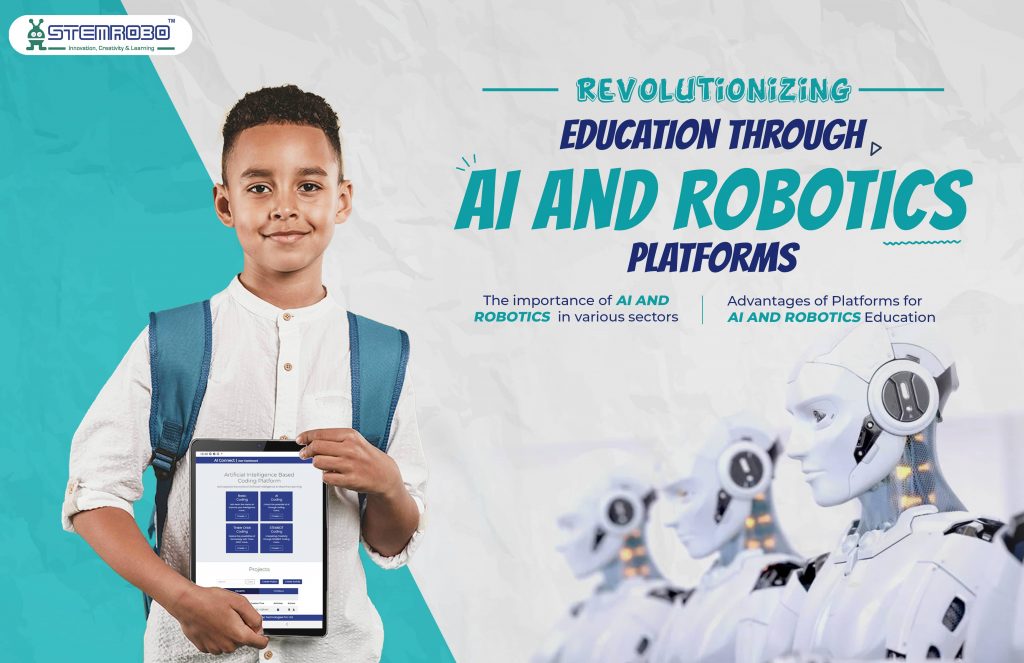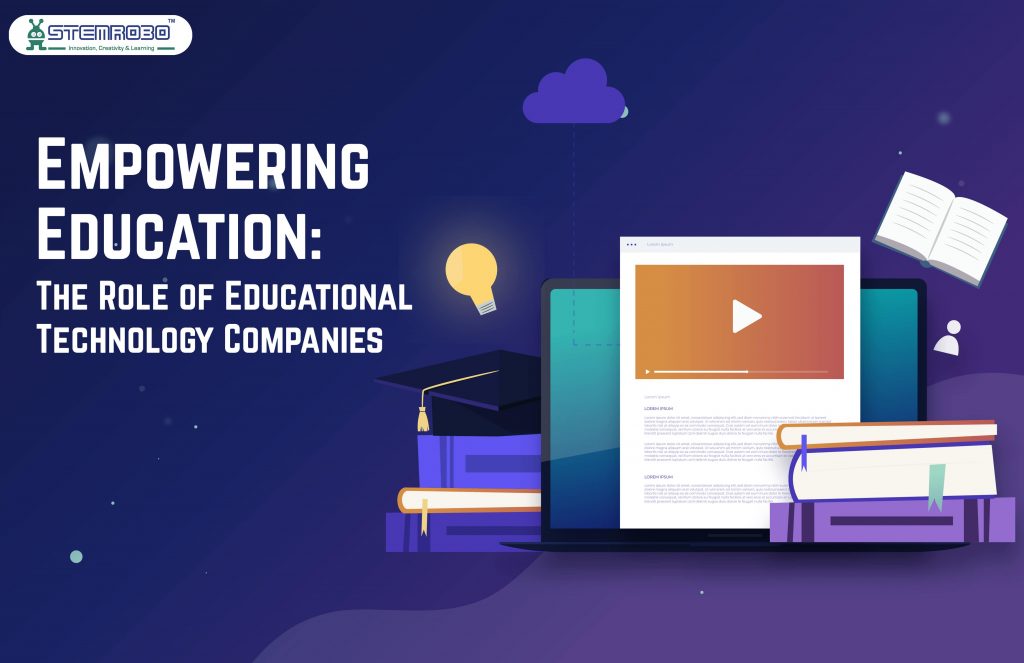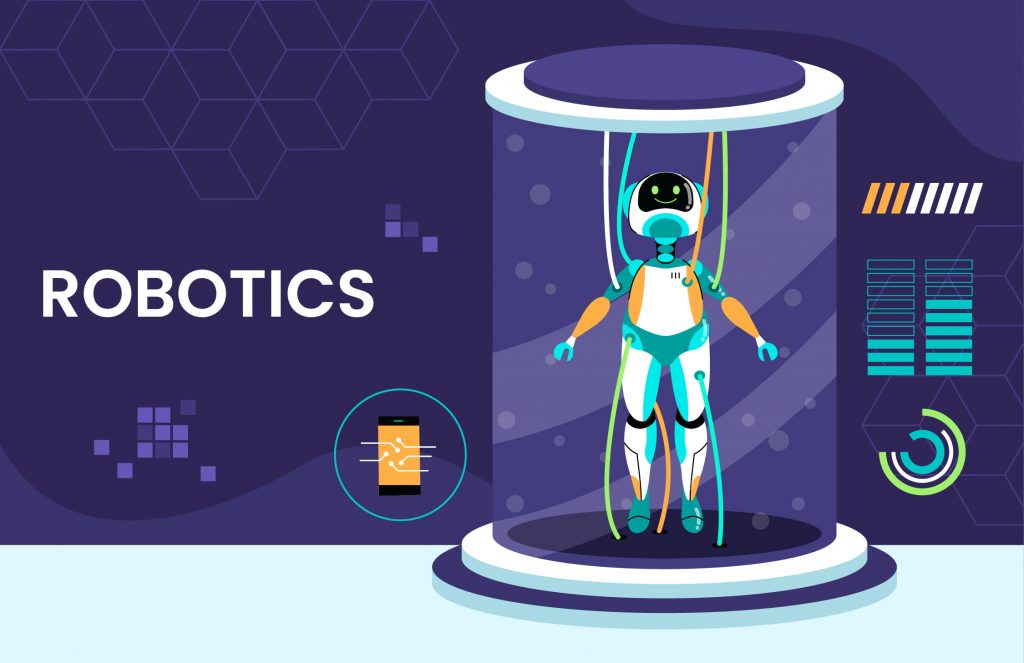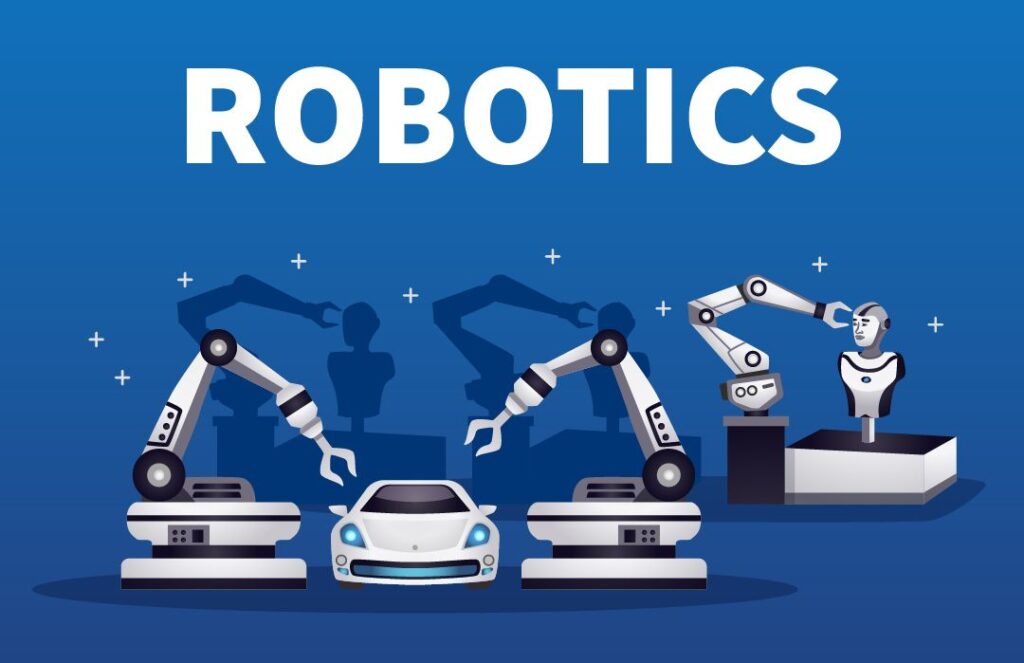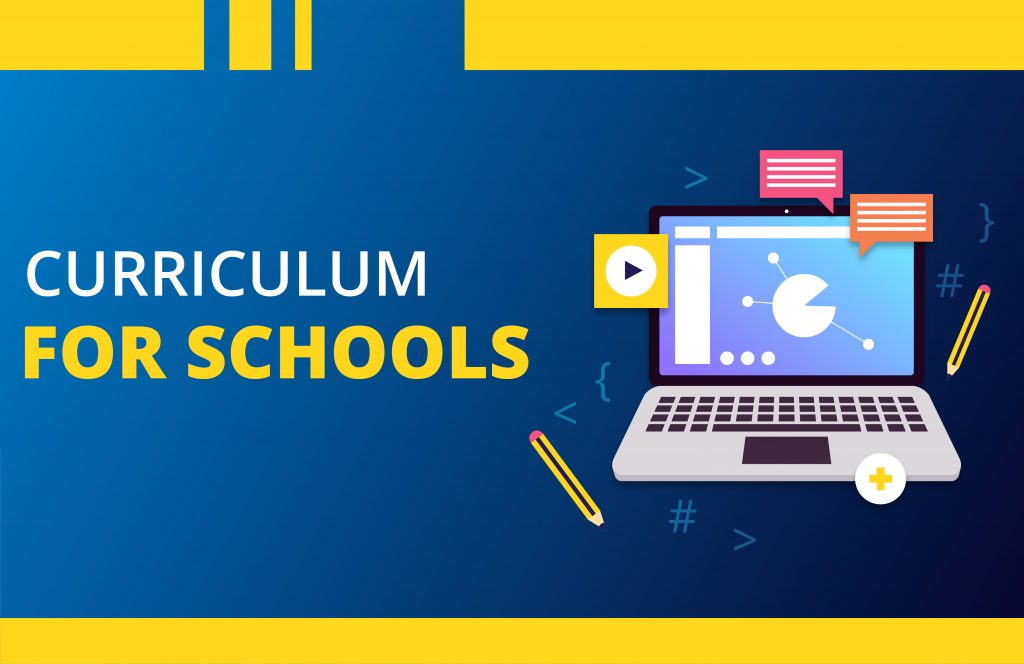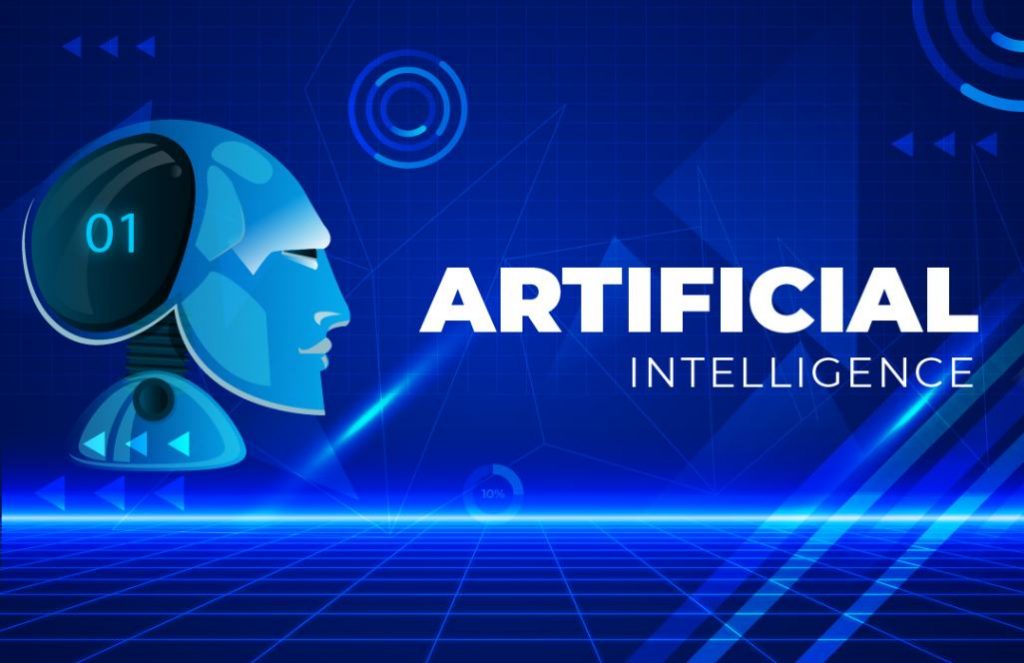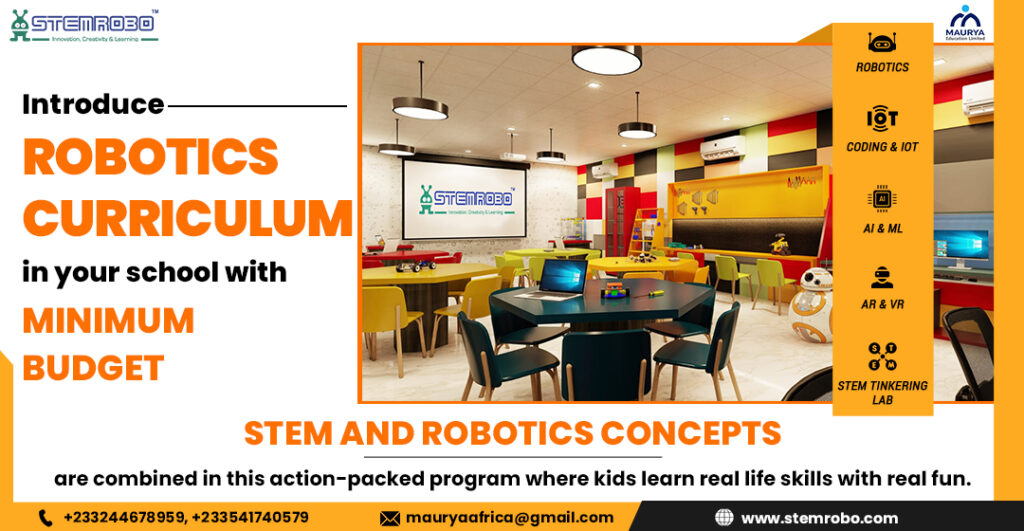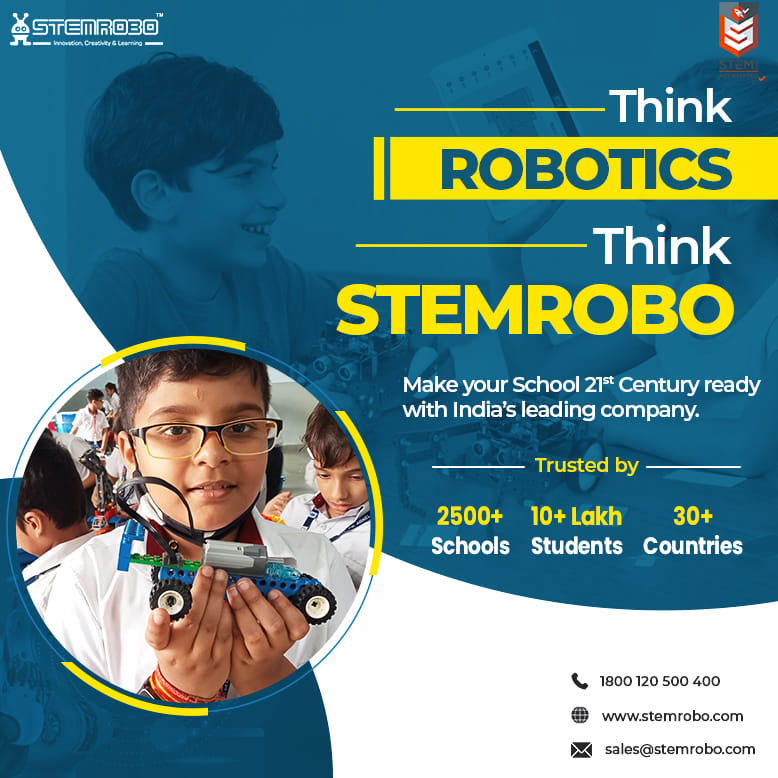Revolutionizing Education through AI and Robotics platforms
In Today’s Tech-driven world, theoretical knowledge is insufficient for students to succeed in this quickly developing world. For Students, the importance of gaining knowledge related to technology is increasing and AI and Robotics are the most emerging fields among all. What is AI and Robotics? Robotics include studies related to the design of any robot through which children learn everything about electronic machines that we use in our day-to-day lives as well as in big industries. Through robotics, we learn how machines are made, their structure, design, and operation. Whereas AI (artificial intelligence) makes our machines work smartly. In simple words, AI teaches computers how to think and learn like humans. It helps computers to sense pictures, text, and sounds and provide results according to the given input. The importance of AI and Robotics in various sectors With the help of AI, machines have become automated, these automated machines take less time to complete any work as compared to humans and are also capable of giving more accurate results than humans. That’s why, Nowadays the importance of the human workforce is decreasing a lot. AI has developed so much that with its help we can now interact directly with technology. Communications systems like Alexa, Siri, and Google Assistant are AI-driven technologies. These technologies can listen to us, understand our communication, and respond to us. In the Education sector, AI and robotics play an important role in developing 21st-century skills such as Critical thinking, problem-solving skills, and communication skill among students. It also provides practical methods to understand complex concepts of STEM (Science, Technology, engineering, and mathematics) subjects. Advantages of Platforms for AI and Robotics Education There are many platforms for AI and Robotics that are designed for k-12 students, that provide them with the AI and robotics curriculum, resources, and an engaging platform to learn about these emerging fields. These Platforms for AI and Robotics education offer students a personalized learning environment where they can study according to their speed of learning and level of understanding of the concept. These Platforms for AI and Robotics education provide students with Hands-on training, With the help of this, children will understand the concepts better and this practical application will make the study more interesting for them. It also offers students educational resources such as tutorials, videos, and lesson plans that also provide a way for teachers to include AI and robotics into their curriculum and classroom activities. As we all know, nowadays there is a lot of demand in companies for those people who have knowledge about AI and robotics and have done projects related to it. So, if you want your children to succeed in the future workforce then provide them with practical knowledge by introducing them to platforms for AI and Robotics education. These platforms provide students with the opportunity to collaborate with others, share their ideas on different projects, learn how to communicate with others, and how to work in a team effectively. Importance of platforms for AI and Robotics in Schools AI and robotics make learning STEM subjects interesting and engaging as they involve project work and different group activities through which students get a chance to think creatively and apply their ideas to create something new. These Platforms for AI and Robotics also provide great help to teachers in enhancing their teaching methods. Through lessons and videos teachers can learn many other different types of ways to explain a particular topic. They may use different teaching methods according to the individual needs of the student. Students will enjoy learning through platforms for AI and Robotics as when children understand everything well, they feel motivated all the time. Integrating platforms for AI and robotics into school curriculam offers many benefits. These platforms engage students in hands-on, project-based learning, fostering interest and deeper understanding of STEM subjects. Through creativity and innovation, students deal with real-world problems, developing critical thinking skills and preparing for the 21st century. Interdisciplinary learning is promoted as students draw connections between different subjects. Using platforms for learning Robotics and AI teachers also get the opportunity to enhance their teaching techniques and stay ahead in this technological world. For 21st century kids, who are different in each aspects and have interest in different subjects or skills, personalized learning experiences is very necessary and cater to individual student needs, fostering inclusivity and creativity. Altogether, these platforms enhance the educational experience and make learning interesting and easily accessible for each student enrich the educational experience, equipping students with essential skills and knowledge for future success.
Revolutionizing Education through AI and Robotics platforms Read More »

